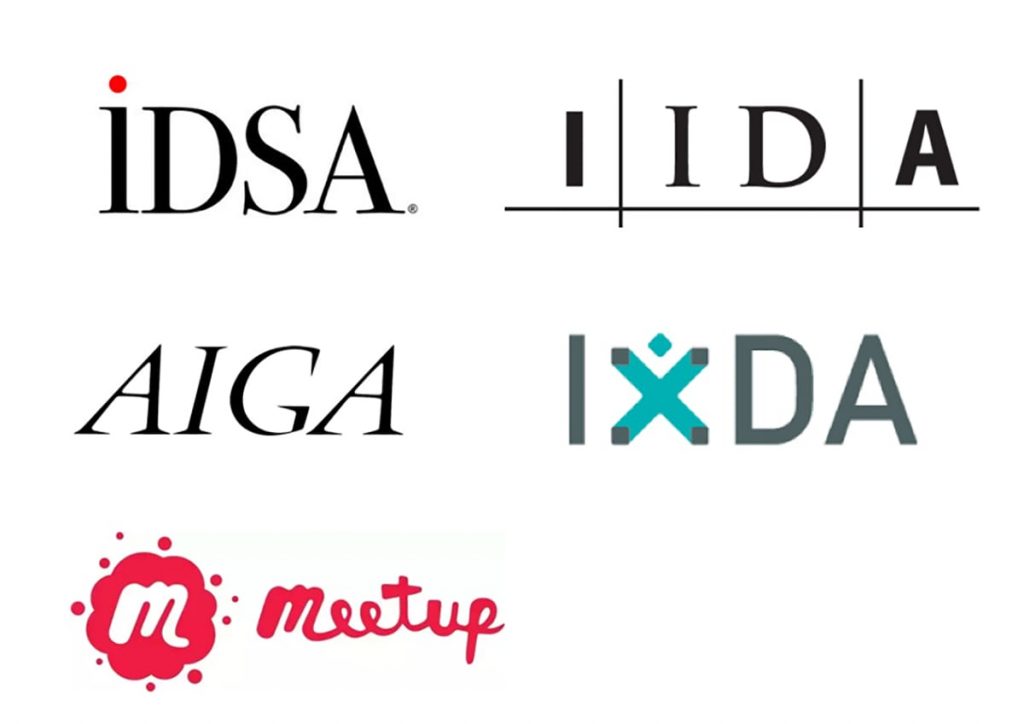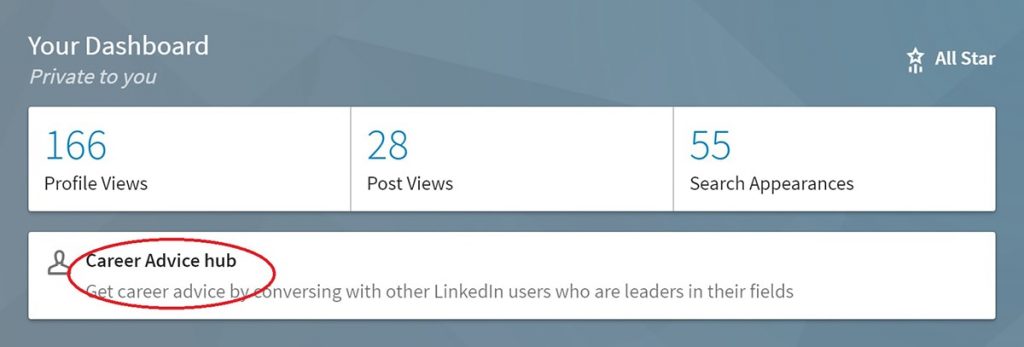Having a design mentor is a vital step in the growth of your design career. But how do you find a high-quality mentor that you can trust?
I’ve found the best way to find your new designCreates a new tab with a blank canvas. More mentor is to source and evaluate candidates from the resources around you.
Before you start searching for a mentor you’ll want to be clear on what you need. You should be able to answer these questions:
- How much time can I commit to a mentorship?
- What goals can a mentor help me achieve?
- What can I learn to advance my career?
- What value can I add to the relationship?
Write them down on paper so you can reference them throughout your mentorship – making sure you’re staying on track.
If you can’t answer those questions then you’ll be wasting your mentors time… and yours.
Where to Find a Design Mentor
Once you define what you’re looking for in a mentorship, you’re ready to reach out to one. Here are some of the top places to find a design mentor.
Your University or School

If you’re currently enrolled in a University or College design program, then it’s likely there’s an alumni mentorship program that you can take advantage of.
Ask your professor and/or advisor if there is an Alumni mentorship program in place. Alumni are valuable mentors because they came from the same program as you – often times helping them understand the same pitfalls you are facing.
Your Local Design Association

Design organizations can serve as a local directory of design professionals. They will have a host of events that might help in your mentor search.
Your local chapter of IDSA, AIGA, IxDA, IIDA, and other design-related meetups may even host their own “speed mentoring” events. Mentors and mentees meet several potential matches for a few minutes and attempt to find the right fit(keyboard shortcut “f6”) Makes the current file fill the screen. More. If your local chapter isn’t already hosting one, then ask the board members of the organization if they can consider starting one.
Your Professional Network

Take advantage of your professional network – there may be someone you already know that can be your mentor.
Take a look atRe-arranges screen to look at selected object. More your connections through LinkedIn and their connections.
If you’re currently working in a design role then you can also ask your manager, or other designers within the company, to mentor you.
Don’t Limit Yourself to One Mentor
I have a few solid design mentors that I continually learn from. I also have a few design-student mentees that keep me on my toes.
Don’t limit yourself to just one mentor. Find a few mentors that will help round out your skill set and advance your ideal career trajectory.
Consider also getting a mentor outside of design. Someone who may be able to teach you other valuable career advice – such as office politics.
Remember, mentorship doesn’t have to be a formal monthly meeting. It could simply be someone that you reach out to sparingly, in a time of need.
Make the Most of Your Mentorship

You’ve already prepared the foundational goals for your mentorship, so now you need to make sure you make the most of it. Your mentor is willing to give you some of his/her valuable time – make sure you are prepared for each chat.
- Set an Agenda – write down a list of questions you have before each meeting. Remember, you don’t have to cover all of them in this session, but it will give you something to reference to keep the conversation going.
- Create a shared home – use Trello, Evernote, or Google Docs to create a shared space where you and your mentor can share notes, projectProjects the body silhouette, edges, work geometries and sketch curves into the active sketch plane. Use the selection filter to project a specific type of geometry or the body silhouette. More updates, inspiration and more.
- Ask if you can help – ask your mentor if there is anything you can help with. The best mentorships are not one-way streets.
- Decide what’s next – near the end of each meeting you and your mentor should decide on action items and when to meet next.

Leave a Reply